Volkswagen introduces new Coasting 2.0 micro hybrid system and new natural gas engine at Vienna Motor Symposium
Green Car Congress
APRIL 27, 2017
At the 38 th Vienna Motor Symposium Volkswagen is introducing a new, more fuel-efficient “Coasting - Engine off” micro hybrid system—which shuts off the engine completely—as well as a new, compact three-cylinder natural gas engine for the Polo. seconds and its top speed has gone up by 10 km/h to 150 km/h (93 mph).



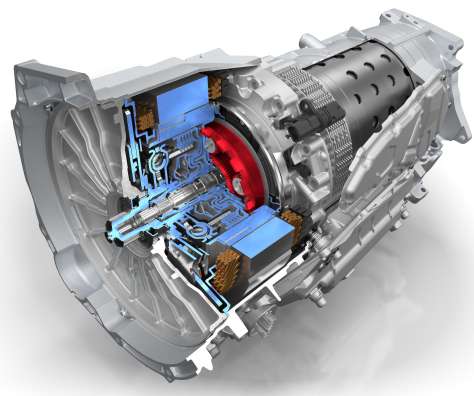











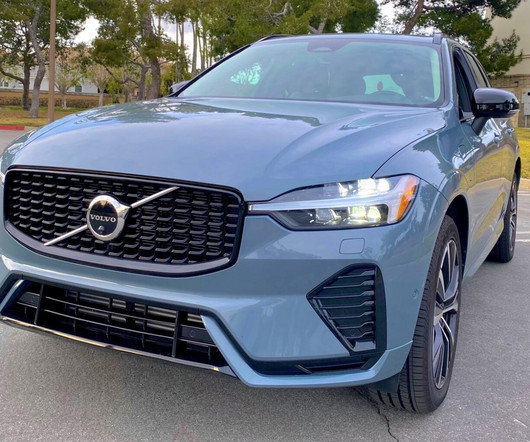




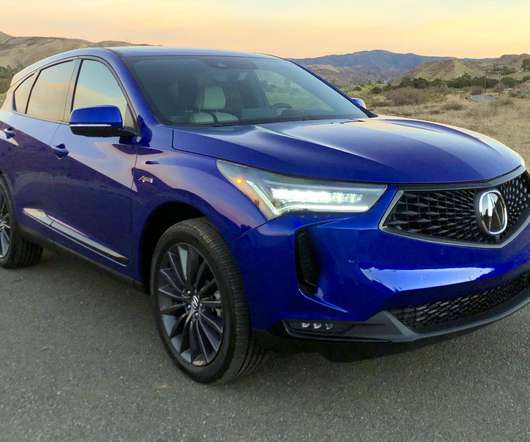


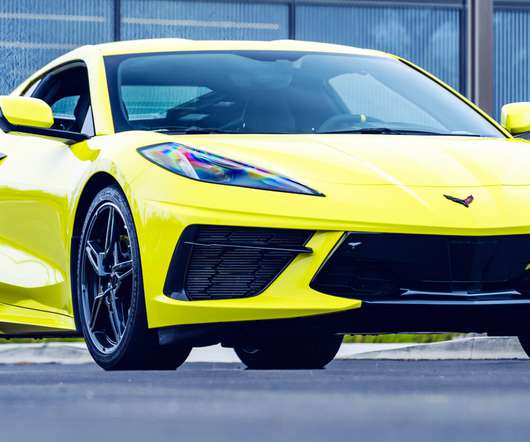
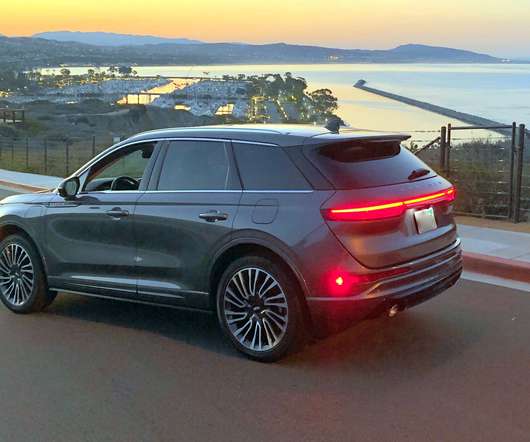



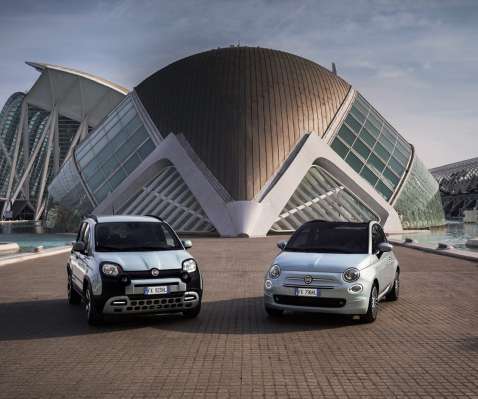














Let's personalize your content